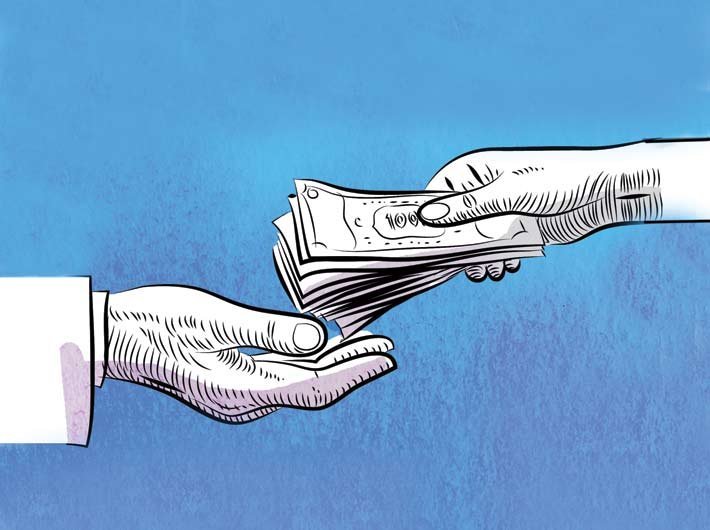At the outset, for those who are not familiar with the nomenclature ‘Hindu Rate of Growth’, it refers to the low economic growth in post-independent India till the 1990s, when several economic liberalisation measures were undertaken. Till the 1990s, the growth rate was around 4%, which accelerated later after the 1990s to 8-9%.
The banks have three major legal ways to recover loans. The much-discussed Bankruptcy Code (IBC), creditors direct enforcement of security under an Act called SARFAESI, and recovery through special courts called Debt Recovery Tribunals (DRTs). In last three years, the recovery percentage through this DRT mechanism has been as under:
2017-18: 5%
2018-19: 4%
2019-20: 4%
(Data as per Trend and Progress of banking released by RBI. 2021 data not available so far)
The recovery from the DRT mechanism is very critical, as amount involved is the highest. For example, for the year 2020, the amount involved in various recovery channels is as under:
DRT: ₹2.45 lakh crores
IBC: ₹2.32 lakh crores
SARFAESI: ₹1.96 lakh crore
In the meantime, based on directions in response to a writ petition, the Finance Ministry has solicited comments and suggestions from stakeholders pertaining to disposal of cases in DRTs for amount involving more than ₹100 crore.
The cut-off point for admission of a case in DRT is ₹20 lakh. However, DRTs handle high value cases of amounts over ₹100 crore too. These high value cases get mixed up with small ticket loans and lose the attention, urgency, and criticality they deserve. My suggestion would be to have at least two dedicated high-value tribunals, one in commercial capital Mumbai and the other one at Delhi for the rest of India, to try high value cases above ₹100 crore.
While not going into the details of processes and technicalities involved, the fact remains that time limit of 180 days as prescribed must be adhered to. DRT cases must be disposed of within the time-frame, and reasons for delay must be recorded and put up to the Department of Financial Services which oversees functioning of DRTs. Like IBC, this time frame can be sub-divided into various activities like hearing, arguments, judgments etc, and put up in public domain in a quarterly newsletter, on the lines of the one put up by IBBI. In fact, it will be a good idea to segregate the oversight of DRTs to a separate body in lines of IBBI, in stead of keeping it in Department of Financial Services.
‘Tareekh pe Tareekh’ – That has been the bane of the judiciary in general. DRTs are no exception. However, it must be remembered, the primary underlying purpose of summary procedure is to ensure a speedy hearing and disposal of suits where there is no such question of law and limited to matters of non-payment of debts. This procedure is instituted to avoid unreasonable obstacles put up by the defendants in usual cases. So, there should be an extremely limited number of adjournments under exceptional circumstances and the next date of hearing should not be more than 15 days.
Needless to add, all benches of DRT, and appellate Tribunals called DRATs should be filled expeditiously. In absence of manpower, cases are not heard for months and people of one state have to move to another state, which additionally handles cases of that state due the continuing vacancy in other state. At present there are 39 DRTs and 5 DRATs in the country. Each DRT / DRAT is headed by a Presiding Officer and a Chairperson respectively. The post of Presiding Officer is equivalent to a District Judge and the post of Chairperson is equivalent to that of a High Court Judge.
One important aspect which needs to be emphasised is, the improving of infrastructure of the DRT/ DRAT and complete computerisation of systems and processes, including records, documents, and judgements etc. IT can play an important role in improving functional effectiveness of DRTs and making it accessible and transparent to the users.
My personal view is, as stated above, besides improvement in processes, what we need is creation of two high-value dedicated benches in Mumbai and Delhi to handle cases involving ₹100 crore and more. Let us understand that even 1% improvement in recovery translates to approx. ₹2,450 crore, and hence any additional expenditure for creation of such dedicated benches can be justified purely from a cost-benefit analysis.
Mishra is a policy analyst and commentator.
